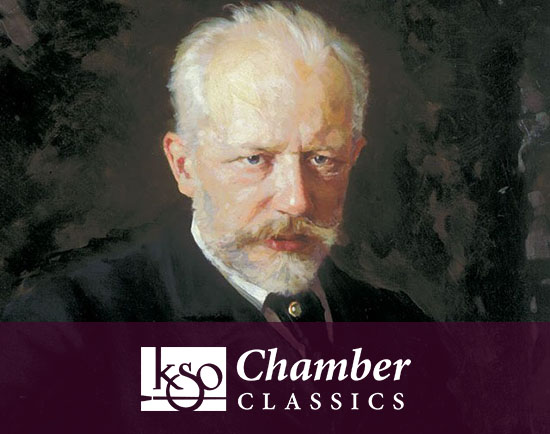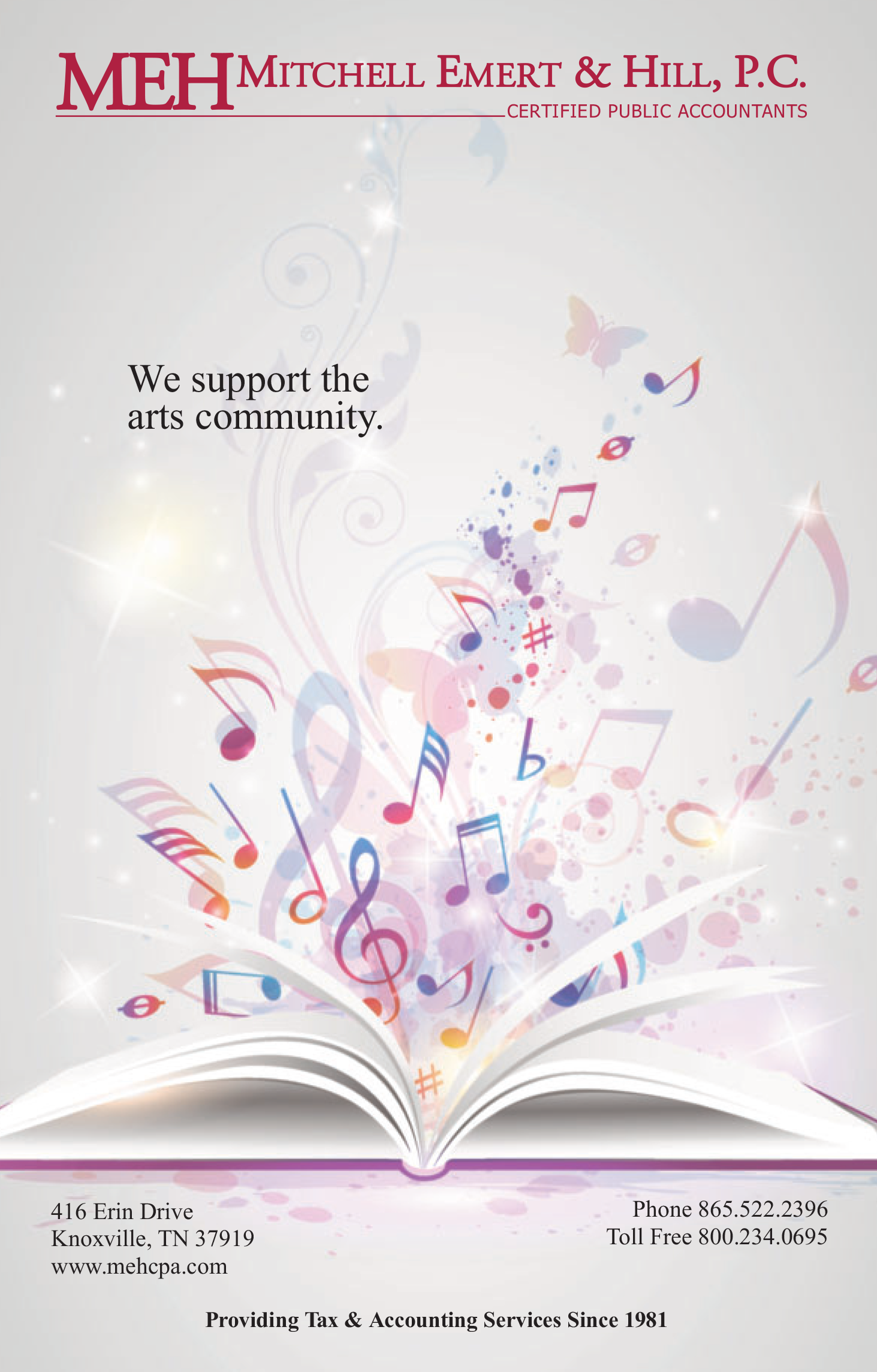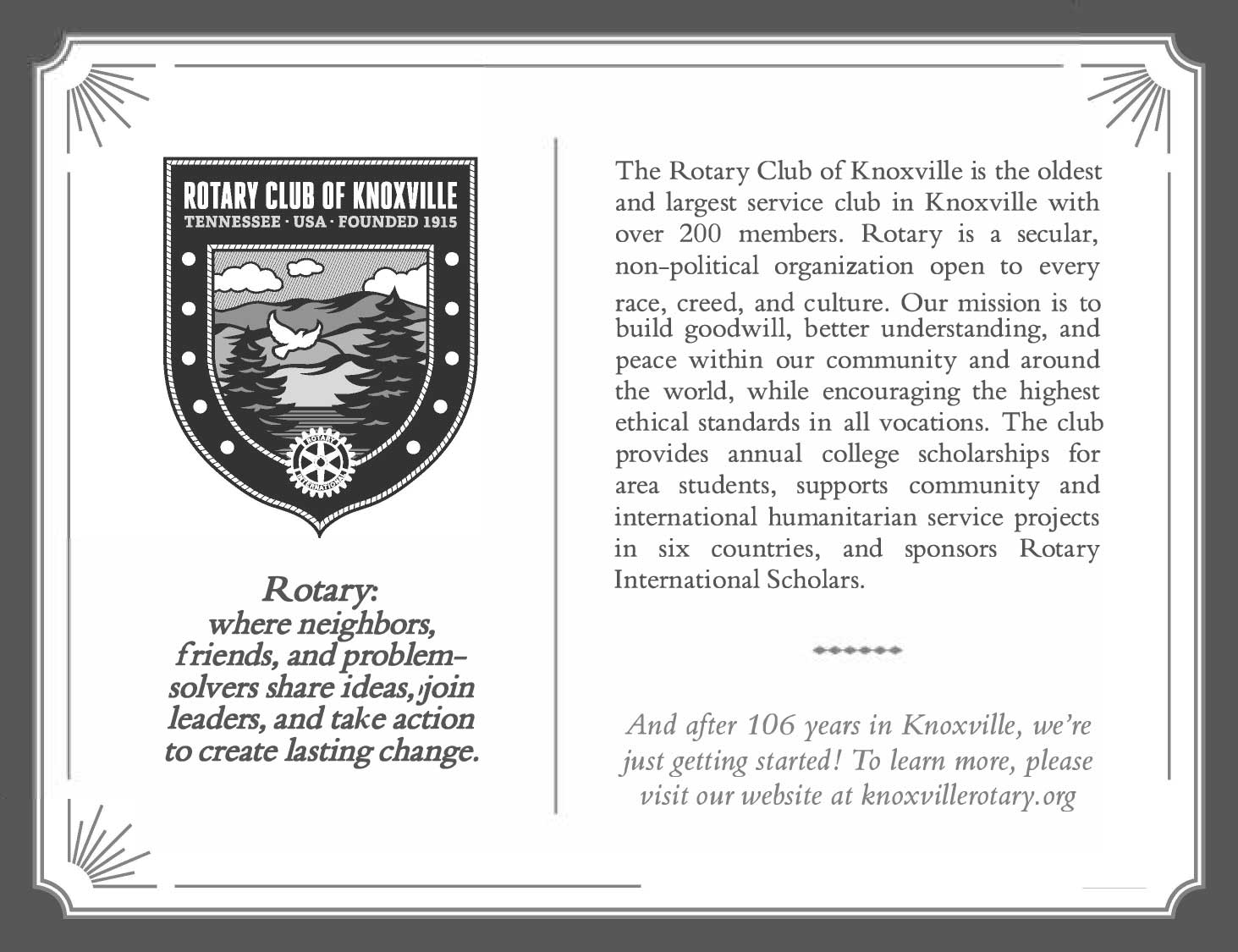
Strum (2006, rev. 2012)
Jessie Montgomery was born in New York City on December 8, 1981. The first performance of Strum took place in April 2006, performed by the Providence String Quartet. Approximate performance time is seven minutes.
Strum is the culminating result of several versions of a string quintet I wrote in 2006. It was originally written for the Providence String Quartet and guests of Community MusicWorks Players, then arranged for string quartet in 2008 with several small revisions. In 2012 the piece underwent its final revisions with a rewrite of both the introduction and the ending for the Catalyst Quartet in a performance celebrating the 15th annual Sphinx Competition.
Originally conceived for the formation of a cello quintet, the voicing is often spread wide over the ensemble, giving the music an expansive quality of sound. Within Strum I utilized texture motives, layers of rhythmic or harmonic ostinati that string together to form a bed of sound for melodies to weave in and out. The strumming pizzicato serves as a texture motive and the primary driving rhythmic underpinning of the piece. Drawing on American folk idioms and the spirit of dance and movement, the piece has a kind of narrative that begins with fleeting nostalgia and transforms into ecstatic celebration.
— Jessie Montgomery
https://www.notationcentral.com/product/strum-for-string-quartet-or-quintet
Notes on the Program by Ken Meltzer
Serenade, Opus 6 (1892)
Josef Suk was born in Křečovice, Bohemia (now, the Czech Republic), on January 4, 1874, and died in Benešov on May 29, 1935. The first complete performance of the Serenade took place at the Rudolfinum in Prague on February 25, 1894, with Antonin Bennewitz conducting the Conservatory Orchestra. Approximate performance time is thirty minutes.
Josef Suk studied at the Prague Conservatory from 1885-1892. While at the Conservatory, he studied violin with Antonín Bennewitz, and composition with Antonín Dvořák. The latter counted Suk among his favorite pupils. In 1898, Suk married Dvořák’s daughter, Otilie. During his long and distinguished career, Josef Suk carried on the great tradition of Czech concert music as exemplified by Dvořák, and his predecessor, Bedrich Smetana. Suk was an accomplished and successful composer. He was also a talented violinist. In 1892, at the invitation of cellist Hanuš Wihan (the dedicatee of Dvořák’s Cello Concerto, Opus 104), Suk joined the Bohemian (later, the Czech) String Quartet as second violinist. He remained with the ensemble for over four decades, performing in more than 4000 concerts. In 1922, Suk was appointed to the composition faculty at the Prague Conservatory.
Suk composed his Serenade for Strings in 1892. It was a pivotal year for the young musician. In addition to graduating from the Prague Conservatory, Suk met Otilie Dvořák. Some have suggested that the Serenade may be a musical portrait of Otilie. In any event, Suk composed the work at the encouragement of Antonín Dvořák: “It’s summertime now, so go and make something lively for a change, to compensate for all those pomposities in minor.” Suk led a performance of the work’s two opening movements on December 17, 1893, at the Municipal Theater in Tábor. On February 25, 1895, Antonín Bennewitz conducted the premiere of the entire work, in a concert at the Prague Rudolfinum. At the encouragement of Johannes Brahms, Simrock published the Suk Serenade in 1896.
In 1875, Dvořák, then at the outset of his brilliant career, composed his own Serenade for Strings, Opus 22. That beautiful work, richly scored and teeming with melodic inspiration, is one of the earliest compositions of the Czech master to maintain a regular presence in the concert repertoire. There is no doubt the Dvořák Serenade served as a profound influence on Suk’s 1892 composition. But the Josef Suk Serenade, a mainstay of the Czech string repertoire, is a work that stands proudly on its own.
The Serenade is in four movements. The first (Andante con moto) opens with the first violins’ introduction of the movement’s flowing principal theme, marked tranquillo, and soon repeated by the cellos. Cast in A—B—A form, the Andante journeys to a serene close. The second movement waltz (Allegro ma non troppo e grazioso), by turns playful and elegant, also embodies an A—B—A structure. The expansive, lyrical slow-tempo movement (Adagio) is the work’s emotional centerpiece. The outpouring of heartfelt melody culminates with the violins soaring above the ensemble. The finale (Allegro giocoso, ma non troppo presto) brings the Serenade to a vibrant close.
Notes on the Program by Ken Meltzer
Chamber Symphony No. 1 in D Major after P. I. Tchaikovsky’s String Quartet, Opus 11 (2018), a transcription
Peter Ilyich Tchaikovsky was born in Kamsko-Votkinsk, Russia, on May 7, 1840, and died in St. Petersburg, Russia, on November 6, 1893. The first performance of the String Quartet No. 1 took place at the Nobles’ Club in Moscow, Russia, on March 28, 1871. The Theofanidis orchestration is scored for flute, oboe, B-flat clarinet, bassoon, two horns, timpani, and strings. Approximate performance time is twenty-eight minutes.
In 1871 Tchaikovsky was a financially struggling composer and professor at the Moscow Conservatory. The Conservatory’s director Nikolai Rubinstein suggested that Tchaikovsky sponsor a concert featuring his own compositions. An orchestral concert was beyond Tchaikovsky’s financial means. He decided instead to program a series of works for smaller performing forces. In order to create a concert program of appropriate length, Tchaikovsky composed a new work, his First String Quartet (first and second violins, viola, and cello) in D Major. Tchaikovsky began the Quartet in February of 1871, completing it in time for the March 28 concert, held at the Nobles’ Club in Moscow. The concert proved to be an artistic and financial success.
Tchaikovsky once observed that all his compositions fell into two categories: “One, those written on my own initiative, through sudden inclination, and urgent inner necessity. Two, those inspired by external means, such as the request of a friend, or publisher, or commission. I hasten to explain that, as shown by experience, the value of a work does not depend upon which category it belongs to.” Tchaikovsky, ever the craftsman and professional, seized upon the opportunity of his impending March 1871 concert to create a rich and beautiful work, teeming with the glowing instrumental sonorities and unforgettable melodies that are trademarks of his genius. And in the case of the second movement Andante cantabile, Tchaikovsky produced one of concert music’s most beloved pieces.
This concert features an orchestration of the String Quartet by American composer Christopher Theofanidis (b. 1967), commissioned by the Orpheus Chamber Orchestra. Mr. Theofanidis provides the following comments:
I have always been a great admirer of Tchaikovsky’s music and his brilliant orchestration, and so it was a real pleasure for me to explore this string quartet and his style of orchestration more generally. I studied many of his great works to understand certain “Tchaikovskyisms,” and I also studied works written in close proximity to the quartet to understand the hallmarks of that earlier style.
A transcription of this nature presents certain challenges, not the least of which is that this small orchestra was not a medium that Tchaikovsky himself worked in. The chord voicings and doublings he commonly used with a larger orchestra were a little harder to extrapolate from this ensemble. One clue for me, however, turned out to be Tchaikovsky’s love of Mozart. Although Tchaikovsky didn’t entirely respect the classical sound when he arranged Mozart’s music in his Suite No. 4 (Mozartiana), there are enough clues to show what Tchaikovsky loved in that clean sound world, and that was an important key for me. I think this early string quartet does translate quite well into a symphonic form, and I was so delighted to be involved.
—Christopher Theofanidis
https://www.theofanidismusic.com/works/program/chamber-symphony-1.html
The Quartet is in four movements. The first (Moderato e semplice) opens with a pulsating figure that has inspired a nickname occasionally applied to the Quartet, “Accordion.” The opening movement adheres to traditional sonata form (with the introduction, development, and recapitulation of central thematic material), capped by the ebullient final bars. The slow-tempo second movement (Andante Cantabile) is based upon the folk song, Sidel Vanya (“Vanya sat on a sofa and smoked a pipe of tobacco”). Tchaikovsky heard and transcribed the song two years earlier while visiting his sister in Ukraine. Over time, Tchaikovsky’s unforgettable setting of this melody became the subject of countless transcriptions for different kinds of performing forces. And while Tchaikovsky ultimately became frustrated at what he viewed as the Andante Cantabile’s disproportionate recognition and popularity, the music was also the source of one of his most satisfying moments. Tchaikovsky recalled that during an 1876 performance: “Perhaps I was never so flattered in my life, nor was my pride as a composer so stirred, as when Lev Tolstoy, sitting beside me listening to the Andante from my First Quartet, dissolved in tears.” The Quartet’s third movement is a vibrant scherzo (Allegro non tanto). The work concludes with a brilliant finale (Allegro giusto); as with the opening movement, in sonata form.
Notes on the Program by Ken Meltzer








